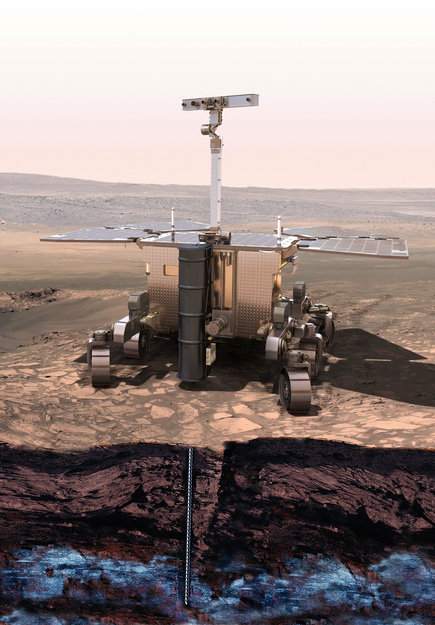The European Space Agency (ESA) and the Russian federal space agency, Roscosmos, have signed a formal agreement to work in partnership on the ExoMars program towards the launch of two missions in 2016 and 2018.
“Establishing whether life ever existed on Mars is one of the outstanding scientific questions of our time and the highest scientific priority of the ExoMars program,” the two space agencies wrote in a joint statement.

“[We] have agreed [to] a balanced sharing of responsibilities for the different mission elements. ESA will provide the Trace Gas Orbiter (TGO) and the Entry, Descent and Landing Demonstrator Module (EDM) in 2016, and the carrier and rover in 2018.”
Meanwhile, the Russians will be responsible for the 2018 descent module and surface platform, and will provide launchers for both missions. Both the ESA and Roscosmos have also agreed to supply scientific instruments and will cooperate closely in the scientific exploitation of the missions.

According to the ESA, ExoMars will demonstrate a wide range of core technologies, including landing, roving, drilling and sample preparation. All are described as “essential” in the effort to pave the way for the next big step in the robotic exploration of Mars: a sample-return mission.
As noted above, the 2016 mission has two major ESA elements: TGO and EDM. TGO is slated to search for evidence of methane and other atmospheric gases that could be signatures of active biological or geological processes. It will also serve as a data relay for the 2018 mission. EDM will land on Mars to prove key technologies for the 2018 mission.
The ExoMars rover, to be provided by ESA, remains on track to search the planet’s surface for signs of life in 2018 (past and present). It will be the first Mars rover capable of drilling to depths of 2 m, collecting samples that have been shielded from the harsh conditions of the surface, where radiation and oxidants can destroy organic materials.
The rover will be delivered by a Russian descent module that includes a surface platform equipped with additional scientific instruments.






